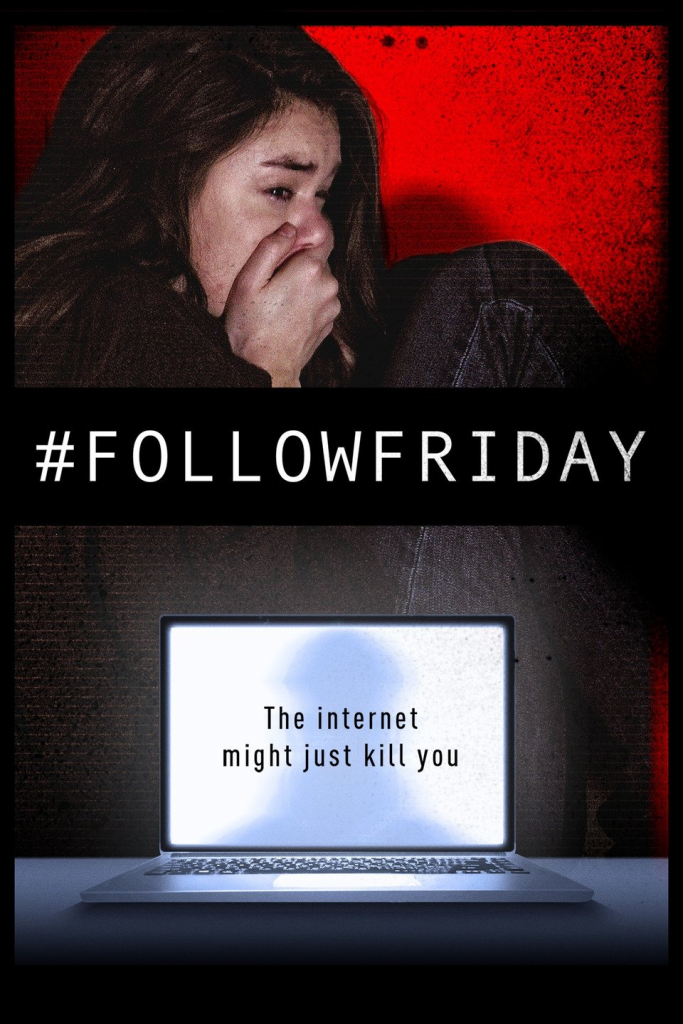#FollowFriday is dying, but it’s needed more than ever
Remember Follow Friday? The user generated Twitter tradition whereby each Friday, users would recommend to their own followers their favorite accounts? Well, it’s kinda dying.
Usage of Follow Friday has halved on Twitter in recent years, with only 11m tweets mentioning it posted in 2017, compared to 28m throughout 2015. That is in spite of a user growth of 30m over the same period.
Of course it’s still being used, predictably, every Friday.

Follow Friday usage on Twitter September 2017-August 2018, visualized on Pulsar TRENDS
But as a storied Twitter tradition with an illustrious history, it seems to have lost its magic.
Follow Friday was born in 2009, when entrepreneur @Micah decided to “suggest a person to follow, and everyone follow him/her”.
https://twitter.com/micah/status/1124262248
The tradition caught on, with users recommending their favourite accounts to follow through an optimized sort of word of mouth.
In the early days, Follow Friday served two functions:
- Those posting it would recommend their friends and colleagues
- Those reading it would discover interesting accounts
It made the people recommending accounts to follow look thoughtful and community-oriented, and the people whose accounts were being recommended would be flattered. And of course that all came as a recommendation from somebody hopefully like-minded who you already follow, and therefore trust (somewhat).
@Micah himself wrote for Mashable in 2009 that:
“FollowFriday is successful because of three main factors:
1. It's easy. It takes little effort to send a tweet, something people do dozens of times a day.
2. It's participatory. You don't need to be part of the "Twitterati" to participate. You can suggest one person or 100 people. You can get endorsements from one person or a hundred people.
3. It's karmic and it feels good. It's a great feeling to simply say, "I think this person is great. You should follow them."”
Over the years however, as Twitter became larger, the nature of #FollowFriday became less sincere: today much of the usage is either sarcastic, trying to boost a brand account, used as retro/vintage Twitter, or of course, spam.
https://twitter.com/Most_follower_s/status/1039483823732547585
https://twitter.com/Zoobinoff/status/1039170111050076160
https://twitter.com/dappatlanta/status/1037742194613018624
The problem lies with its success and its “I’ll scratch your back...” nature. The web comic The Oatmeal explains well how #FF’s success turned into a noisy, self-promotional tool that overwhelmed most users on the receiving end of these recommendations. A lot of the original personal-brand-building energy that fuelled Follow Friday on Twitter has spread to networks like Instagram and LinkedIn too.
Follow Friday worked so well initially because it helped solve Twitter’s well-known discovery problem: there are amazing accounts on there, but most you will never know about.
Twitter has a tradition of incorporating into its product many clever user-generated features such as retweets (RTs), @s, and Bookmarks: but Follow Friday never really made it into the product. The platform of course created the ‘Who to follow’ tool, but it never was able to generate the serendipity of Follow Friday. Various sites and accounts have tried to streamline the Follow Friday noise, but none have endured.
The paradox is that as Twitter has grown in size, something like Follow Friday is needed more and more. Of course, many users often recommend following accounts they love on their own, but the demise of this tradition means that it will always be up to users to take the initiative.
Yet even as it becomes less useful, Follow Friday is a core tradition of both Twitter and social media - and was even immortalized in a movie, likely to be remembered as classic of our time (IMDB score 2.8/10).



